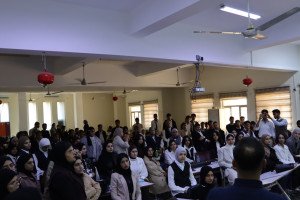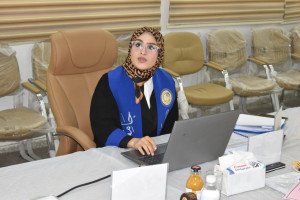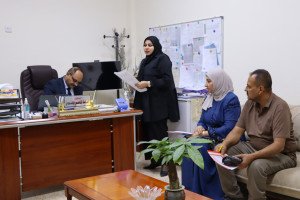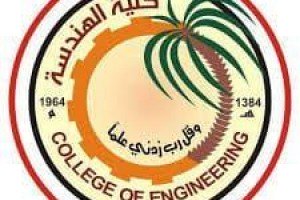
I discussed a master’s thesis at the College of Engineering at the University of Basrah (studying the properties of submerged arc welded panels using artificial network techniques, fuzzy and regression neural networks)
The message presented by the student included Youssef Younis Ashour
Analyze models of artificial neural networks, fuzzy neural networks and regression based on experimental data to calculate the mechanical properties and geometry of the pond, as well as a comparison between them for submerged arc welds.
The goal is to study the relationship between the input and output parameters of the welding process through three appropriate mathematical models, the first of which is based on the analysis of multi-input and multi-output artificial neural networks models, the second model is used based on neural ambiguity according to fuzzy neural networks with single input
The third model is based on regression analysis of the mechanical properties of welded plates
The thesis concluded by comparing the result from the three developed model with the experimental results. It was found that the result obtained from artificial neural networks analysis models is closer to the experimental results than those of the fuzzy neural networks and regression analysis, in addition, the result obtained from the neural network analysis models is closer to the experimental results than those of the ANFIS model and regression analysis reached the limit. The maximum error between the experimental results and the artificial neural network analysis models in the final tensile stress, return stress, shock energy, stiffness number, width and height of the weld bead (1.9115%, 2.0515%, 7.5536%, 2.7755%, 8.9423% and 144.3814%) on the straight .









